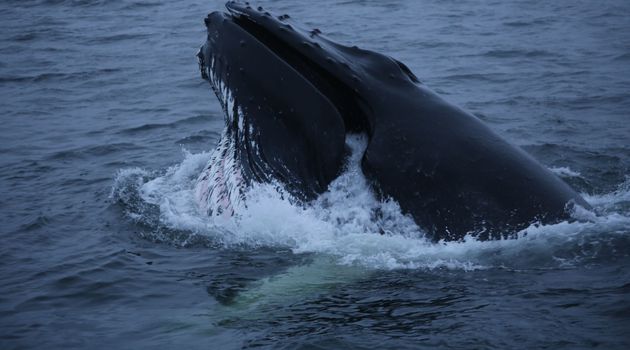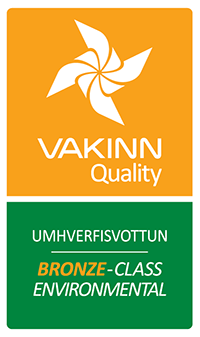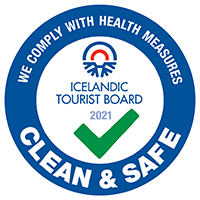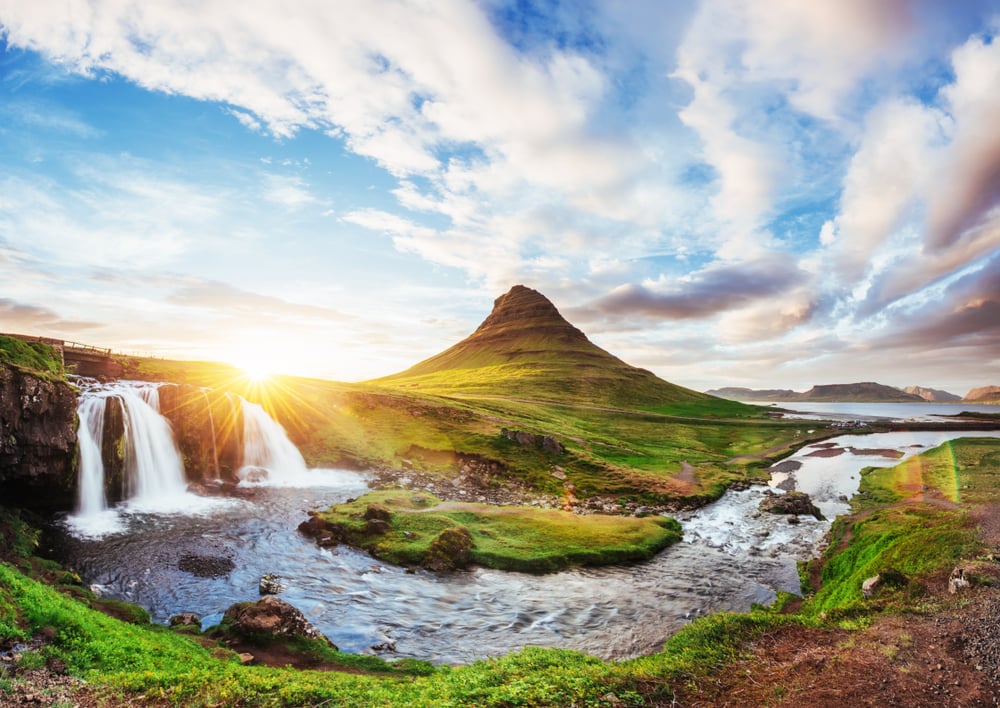
Iceland is known for its unpredictable weather, where you can experience all four seasons in a single day. Whether you're planning a summer road trip or a winter adventure, understanding Iceland’s temperature by month will help you prepare for your visit.
Below, we’ll break down Iceland’s weather, temperatures, and seasonal tips so you know exactly what to expect when planning your trip.
Understanding Iceland’s Climate
Iceland has a subarctic and oceanic climate, influenced by the Gulf Stream, which keeps temperatures warmer than expected for a country so close to the Arctic Circle.
Key Weather Features in Iceland:
✅ Mild Summers: 10°C - 15°C (50°F - 59°F)
✅ Cold Winters: -1°C to 4°C (30°F - 40°F)
✅ Strong Winds: Expect sudden gusts year-round.
✅ Rain & Snow: Frequent precipitation, especially in fall and winter.
Iceland Temperature by Season
Winter in Iceland (December – February)
Average Temperatures:
🌡️ -1°C to 4°C (30°F to 40°F)
Winter in Iceland is cold, dark, and magical. It’s the best time to see the Northern Lights, but also the season with shortest daylight hours (as little as 4-5 hours in December).
What to Expect in Winter:
❄️ Snowy landscapes – Especially in the north and highlands.
💨 Strong winds – Can make it feel even colder.
🌌 Northern Lights season – Best visibility in December through March.
Packing Tips for Winter:
✅ Thermal layers, insulated jackets, gloves, and waterproof boots.
✅ A warm hat and scarves to protect against icy winds.
✅ Ice cleats (spikes for shoes) for walking on icy streets.
💡 Best Winter Activities: Ice cave tours, Northern Lights hunting, snowmobiling, and visiting frozen waterfalls like Gullfoss.
Spring in Iceland (March – May)
Average Temperatures:
🌡️ 0°C to 10°C (32°F to 50°F)
Spring is when Iceland begins to thaw. Days get longer, temperatures rise, and nature starts waking up.
What to Expect in Spring:
🌞 Increasing daylight – Up to 16 hours by May.
🌸 Melting snow – Some highland roads remain closed until June.
🌊 Waterfalls at full power – Due to melting snow from winter.
Packing Tips for Spring:
✅ Waterproof gear – Spring rain showers are common.
✅ Warm layers – Iceland is still chilly in early spring.
✅ Sunglasses – The sun reflecting off snow can be bright.
💡 Best Spring Activities: Waterfall sightseeing, whale watching, and self-drive road trips as roads become more accessible.
Summer in Iceland (June – August)
Average Temperatures:
🌡️ 10°C to 15°C (50°F to 59°F)
Summer is the warmest and busiest season in Iceland. The famous Midnight Sun means nearly 24 hours of daylight, making it the best time for road trips and outdoor adventures.
What to Expect in Summer:
☀️ Nearly 24-hour daylight – No darkness in June!
🚗 Best season for driving – Most roads, including highlands, are open.
🐳 Whale watching & puffin season – Great time for wildlife lovers.
Packing Tips for Summer:
✅ A light jacket – Even summer nights can be cool.
✅ Sunglasses & sunscreen – The sun is strong, even in Iceland.
✅ Sleep mask – If you're sensitive to constant daylight.
💡 Best Summer Activities: Hiking, glacier tours, hot springs, and road-tripping the Ring Road or Westfjords.
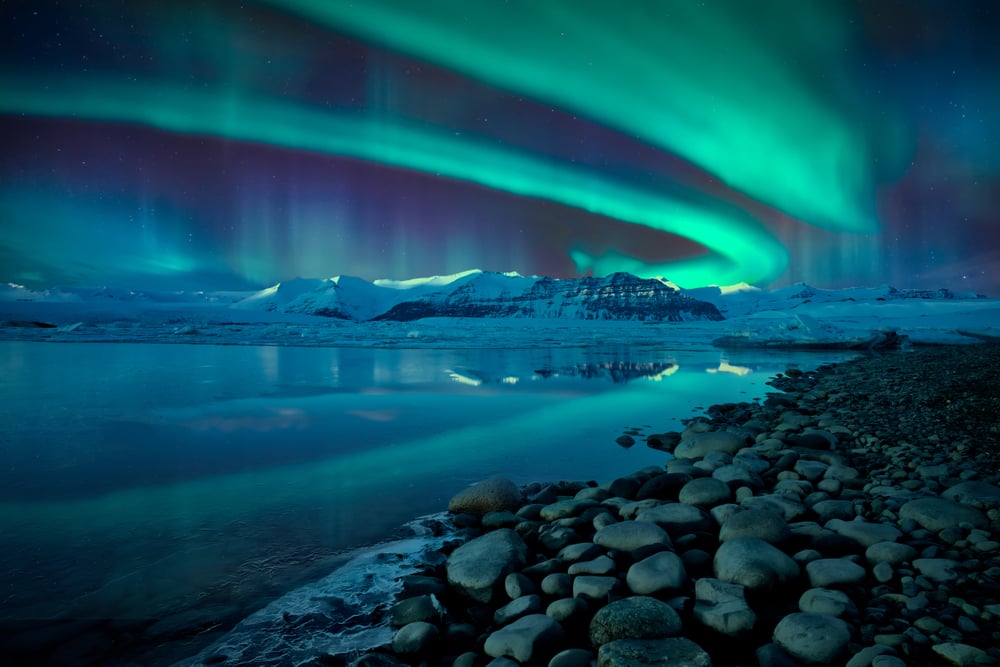
Fall in Iceland (September – November)
Average Temperatures:
🌡️ 5°C to 10°C (41°F to 50°F)
Autumn in Iceland is underrated, with fewer tourists and mild weather before winter sets in. Northern Lights returnin September, and fall foliage makes landscapes even more dramatic.
What to Expect in Fall:
🍂 Vibrant autumn colors – Iceland’s mossy landscapes turn golden.
🌌 Northern Lights begin – September is a great time to spot them.
🍁 Cool but not freezing – Perfect for outdoor activities.
Packing Tips for Fall:
✅ Warm but versatile clothing – Layering is key.
✅ Waterproof boots – Rain is common in October & November.
✅ Headlamp – Days get shorter by November.
💡 Best Fall Activities: Northern Lights watching, horseback riding, and relaxing in hot springs.
Conclusion
Iceland’s temperature varies by season, but each time of year offers unique experiences. Whether you're visiting for the Northern Lights in winter, the Midnight Sun in summer, or the colorful landscapes in fall, knowing what to expect will help you plan the perfect trip. Want to know more about what time is it in Iceland? Here's our guide about the best time to visit Iceland.
💡 Pro Tip: Always check Iceland’s weather forecast before heading out – conditions change quickly!
🚗 Thinking about renting a car? Understanding Iceland’s weather will help you prepare for safe road trips.

